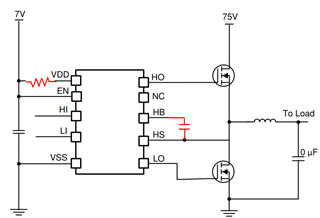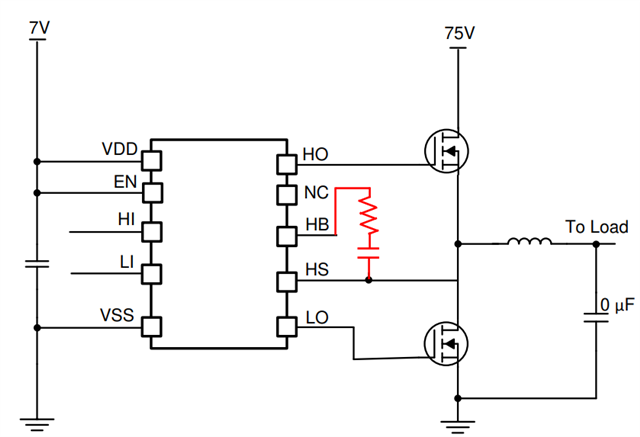Hi All,
I have a question regarding UCC27282.
How much current can be continuously passed through the built-in bootstrap diode?
Also, what is the maximum value of pulse current? For example, I would like to check how much current can flow when initially charging the bootstrap capacitor.
The maximum value of HB quiescent current (IHB) in 6.5 Electrical Characteristics is 0.4mA.

Figure 6-2. HB Quiescent Current is 0.18mA at maximum.

What's the difference? Is the maximum 0.4mA due to device variations? Or are there other conditions?
Best Regards,
Ishiwata




